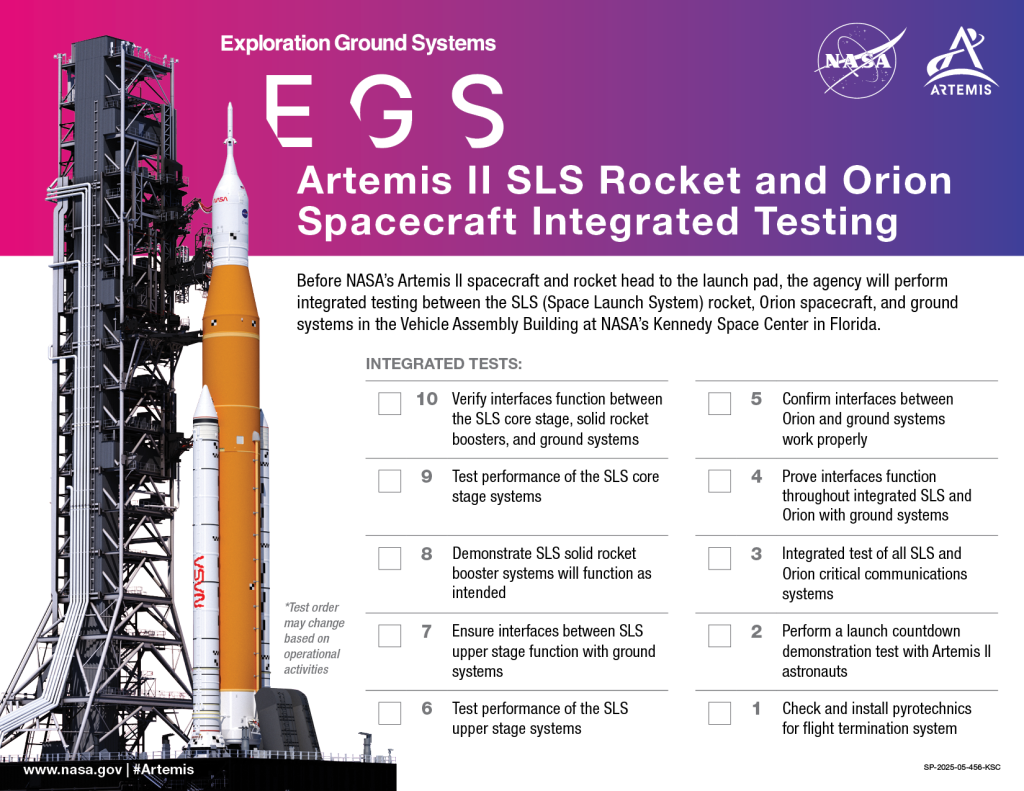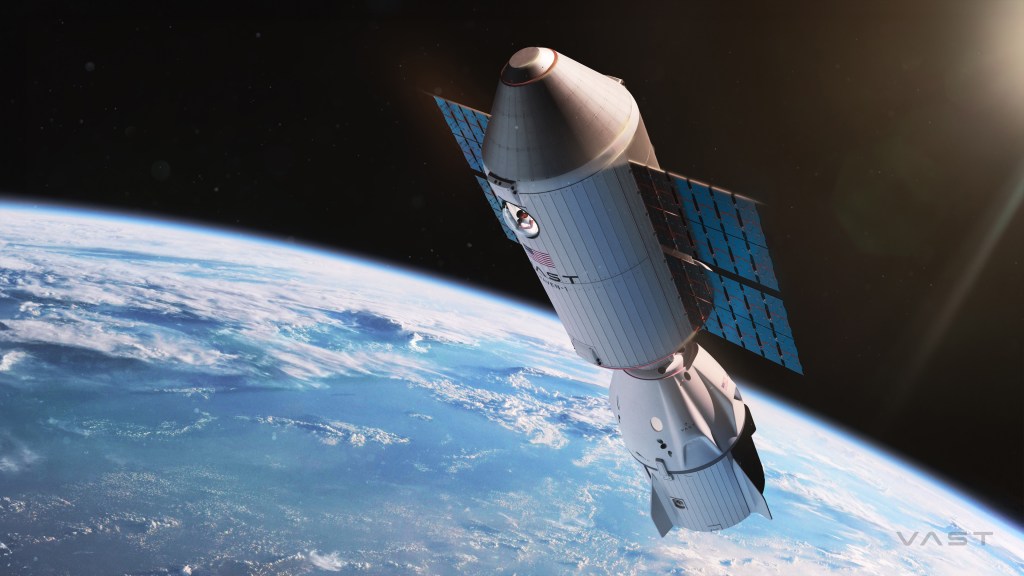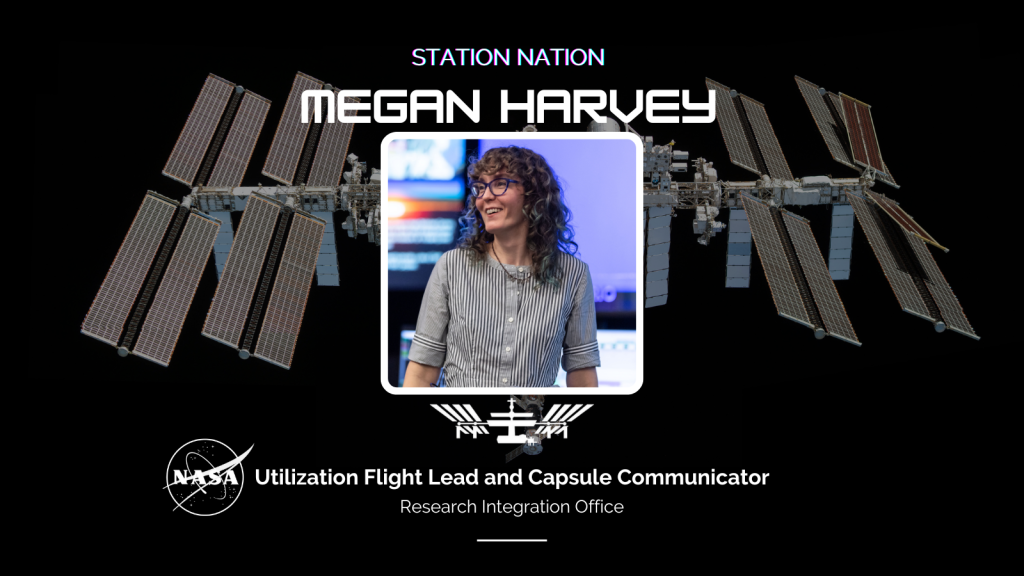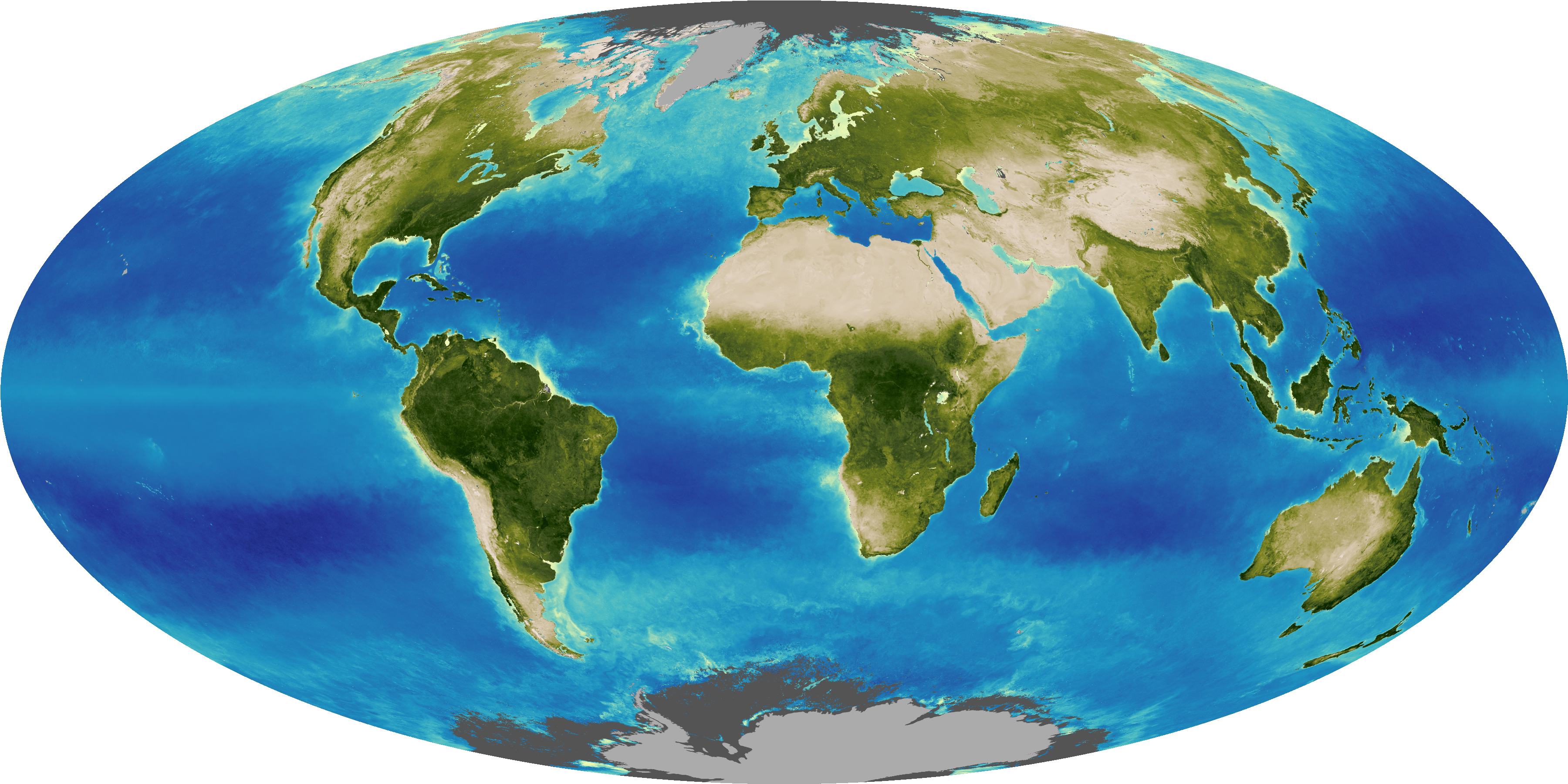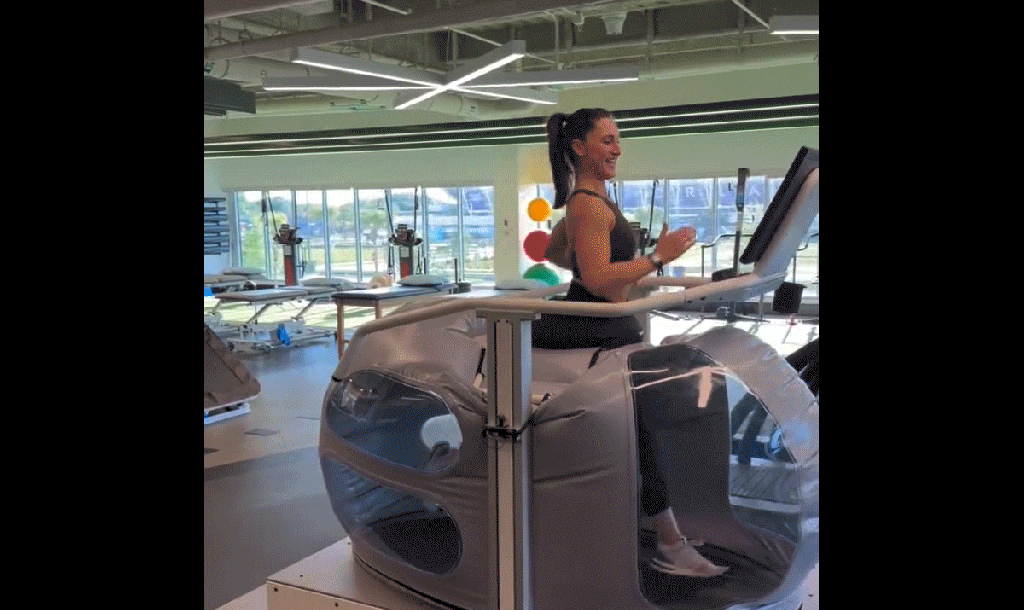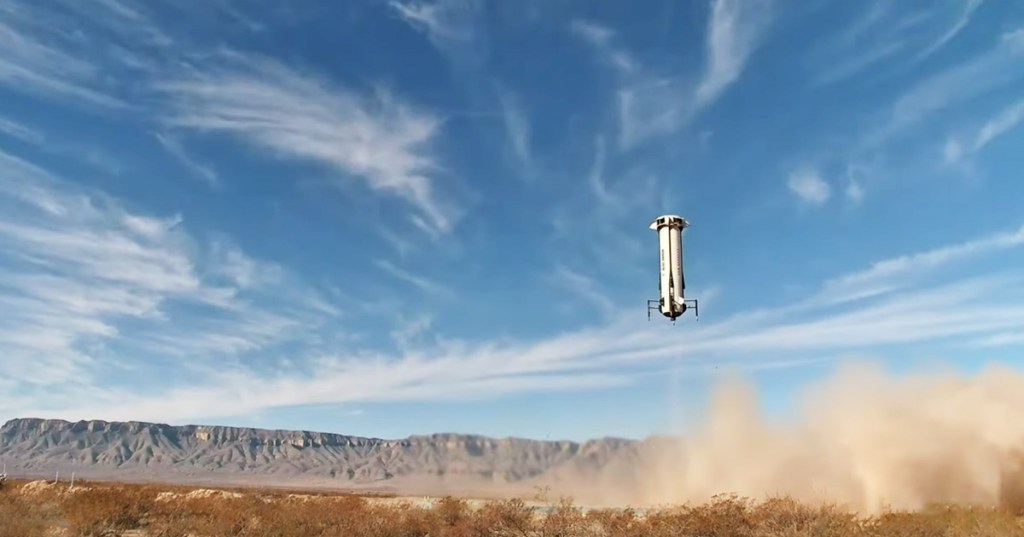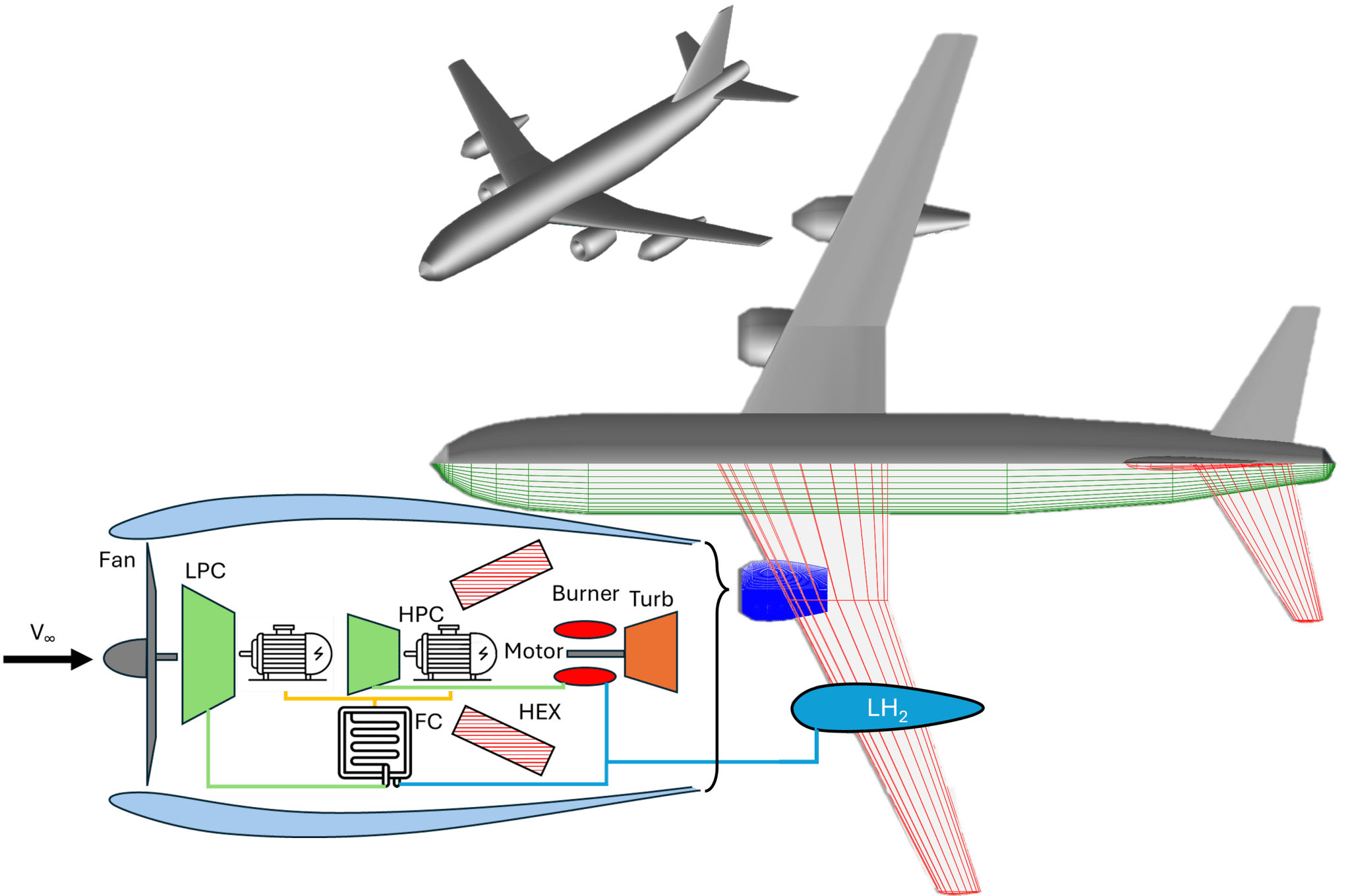Phillip Ansell
University of Illinois
The purpose of this program is to demonstrate the merits of hydrogen hybrid fuel cell/gas turbine engine power systems for sustainable commercial transport aircraft design and mission-optimized performance. The innovative nature of the proposed study is not in the broad concept of hybridization, but rather the specific architecture of hybridization, how it changes the fundamental elements of the aircraft integration, and how these holistic design changes can be leveraged to simultaneously result in large reductions in mission energy required while practically introducing a zero-emissions solution. Rather than combining electrical power between a fuel cell stack and hydrogen turbogenerator or combining mechanical power between a fuel cell-driven motor coupled to turbine spool, this architecture will feature hybridization through air handling. The fuel cell is used to power an electrically driven compressor which supplies the oxygen supply to the fuel cell cathode, as well as the burner of the gas turbine, removing the need for a core compressor stages in the thermal engine. The mechanical uncoupling of the compressor from the turbine allows the compressor to be operated fully independently from the turbine stages, which in turn allows the compressor to be operated at variable overall pressure ratios. This Hy2PASS system enables new performance capabilities for aircraft, which can be used for radically new mission-optimized aircraft architectures. Through this program, the feasibility of the Hy2PASS system will be demonstrated, alongside the methods for aircraft system and mission trajectory optimization to reduce overall energy requirements and eliminate direct emission climate impacts to negligible levels. This program is directly relevant to Strategic Objective 3.2 of NASA, which seeks to drive efficient and sustainable aviation through revolutionary vehicle advances and efficient flight operations. More specifically, under this NASA Strategic Objective, the Hy2PASS architecture meets ARMD Strategic Thrust 3 towards ultra-efficient subsonic transports.





